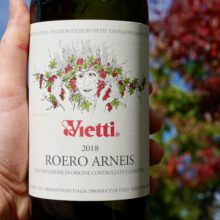
Product information
Vietti Arneis 2020
$57
Description
Arneis makes such beautiful wine. Vietti’s has a sophistication that gives restraint to the core of fruit that has great depth and length. Maple and a hint of baking spice layer on top of white nectarine and friends. Supple with just an edge of chalking phenolic grip, it has that wondeful silvery line of bitterness that cleans he palate up so well. Morish and refreshing. A beautiful wine!
“… In 1967 I experimented with the Arneis grape from the few vines that were left in the Roero area. This is the result: and now some people consider me the father of Arneis Wine…” Alfredo Currado
Out of stock









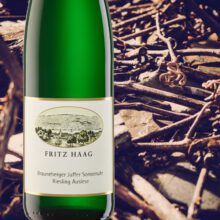
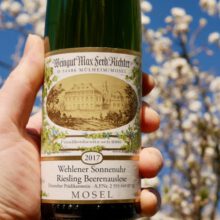
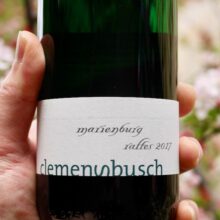
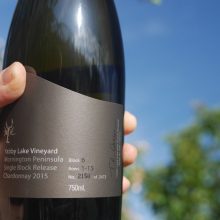
You must be logged in to post a comment.